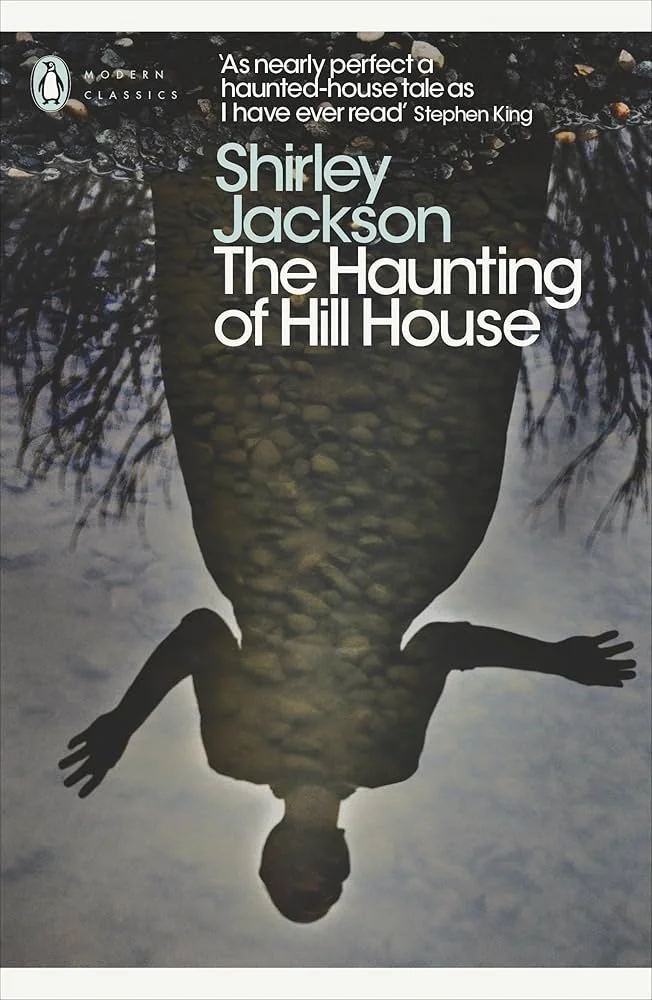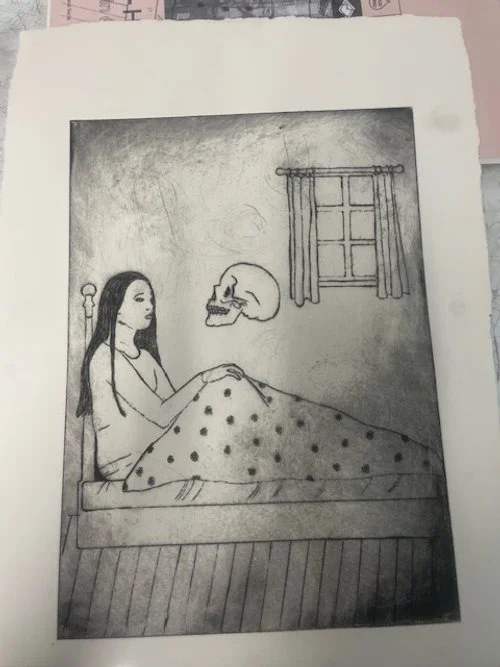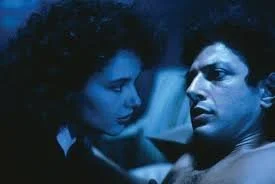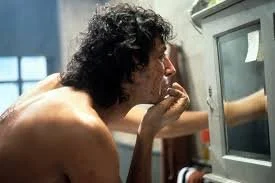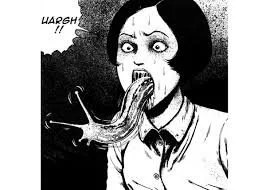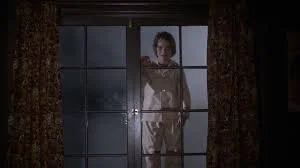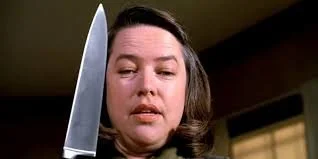Showing Night Terrors in the Woolwich Contemporary Print Fair’s ‘Directors Cut’
I’m excited to share that my work Night Terrors is part of the Woolwich Contemporary Print Fair’s online exhibition: The Directors Cut.
This special showcase features artists who were shortlisted for the flagship fair’s annual Curated Hang. With over 6,000 applicants, I’m proud to be among such talented printmakers.
Night Terrors, 2025
Night Terrors began as a drawing inspired by Shirley Jackson’s gothic classic The Haunting of Hill House, a story about a group investigating paranormal activity in a notoriously haunted home. The piece stands alone, but it also connects to the wider themes in my work — exploring the isolating effects of mental health and inner turmoil.
The Haunting of Hill House, Shirley Jackson, published 1959
This piece is particularly meaningful to me because it’s the first time I completed the entire print process independently, without leaning too heavily on the brilliant printmaking technicians in the studio. I worked to achieve the dark, grainy tones I love, aiming for a scene that feels frightening yet oddly calm.
Initial stage of transferring image onto plate
The Woolwich Contemporary Print Fair holds a special place in my art journey: it was the first open call I ever successfully entered and came at a time when I really needed a confidence boost! While I didn’t make the Curated Hang this time, I’m thrilled to be part of The Directors Cut alongside so many brilliant artists.
Night Terrors is available to view — and purchase — online until 31 August.
Explore the exhibition here: View Night Terrors in The Directors Cut
Body Horror and the Art of Falling Apart
An examination of the film The Fly
Recently, I saw David Cronenberg’s cult classic The Fly as part of Disability Pride Month at the Picturehouse.
I’d seen the film before and was excited to share it with a friend who hadn’t. I warned him to expect disgust — this is a film that pushes body horror to its limits. But what I hadn’t remembered was how sad it is. I left the cinema thinking not just about horror, but about the body — and what it means to watch yourself fall apart.
The Fly, 1986
In the film, Jeff Goldblum plays an obsessed scientist on the verge of perfecting teleportation. But when he tests his invention, he accidentally merges his body with a fly. Slowly and grotesquely, he begins to transform. This isn’t a superhero origin story — it’s a slow, painful decay. His ears fall off. He vomits on his food to digest it. It’s horrific, but deeply human: it taps into our fear of illness, loss of control, and physical deterioration.
While I love body horror as a genre, I don’t usually draw it. Artists like Junji Ito do it brilliantly — but for me, it feels too far removed from reality. I prefer the build up of tension in a piece rather than the shocking finale. What I do explore in my work is the fear of mortality. Skulls and skeletons often haunt the backgrounds of my images. My pieces are usually set in the home and teeter on the edge of unease — whether it’s a bath full of scissors or a bowl full of snakes.
Junji Ito, Slug Girl
The Fly has really lingered with me. I want to thank the brilliant host at the Picturehouse for her thoughtful discussion and deep research.
She raised difficult and important topics — euthanasia, abortion, and how these issues are framed in relation to disability. The discussion also explored neurodivergence, drawing parallels between the character’s transformation and experiences of being misunderstood or othered. It elevated the film to another level, and made me want to dig deeper into other horror films and the symbolism behind them.
What horror stories have made you reflect on your own body — or your own fears?
Stephen King and the Art of Unease
The influence of Stephen King on my art.
For those who know me, I am a huge horror fan. Stephen King in particular has been incredibly influential on my art. Growing up, I’ve seen and re-watched many of the films based on his books; however it’s only recently I’ve been reading them and I’m completely obsessed. As I read, I find myself thinking not just about the story but about texture, shadow, silence and fear. The way he builds dread over pages reminds me of how I try to layer unease into my own work.
Having just finished the incredible Salem’s Lot, I’ve been influenced by the small-town creepiness. The way he took roughly 200 pages to paint the town and the characters is genius. I love slow moving stories and the detail put into the build up: the people of the town beginning to show small signs that something was very wrong. Within my own art, I strive to create very still images with flickers of detail that hint at the same chaos. Like the small-town worlds King writes about, I like my prints to show characters stuck in eerie, dark places- unable to leave.
Image taken from 1979 two-part TV series ‘Salem’s Lot’
King often draws upon themes of internal as well as external horrors. In Misery, I was swept up in the inner turmoil that the main character has as he continues to write an amazing book-whilst battling the terrifying Annie Wilkes. The escapism he found in writing really made me think of my own approach to art. When things are difficult in life, art is always something I turn to. I like to use my drawings as my own escapism and I would say that my most exciting work is born out of these times.
Kathy Bates in the 1991 film ‘Misery’
Stephen King has not only influenced my art but his writing style feels so achievable- although I’m very aware that this is because he is an incredible writer who makes it feel effortless. In fact, he has inspired me to begin writing a blog- which hopefully will help me explore my own art more.
As I begin the widely renowned ‘scariest book’ of King’s: Pet Cemetery, I will end by asking…What’s your favourite horror book and what should I read next?


